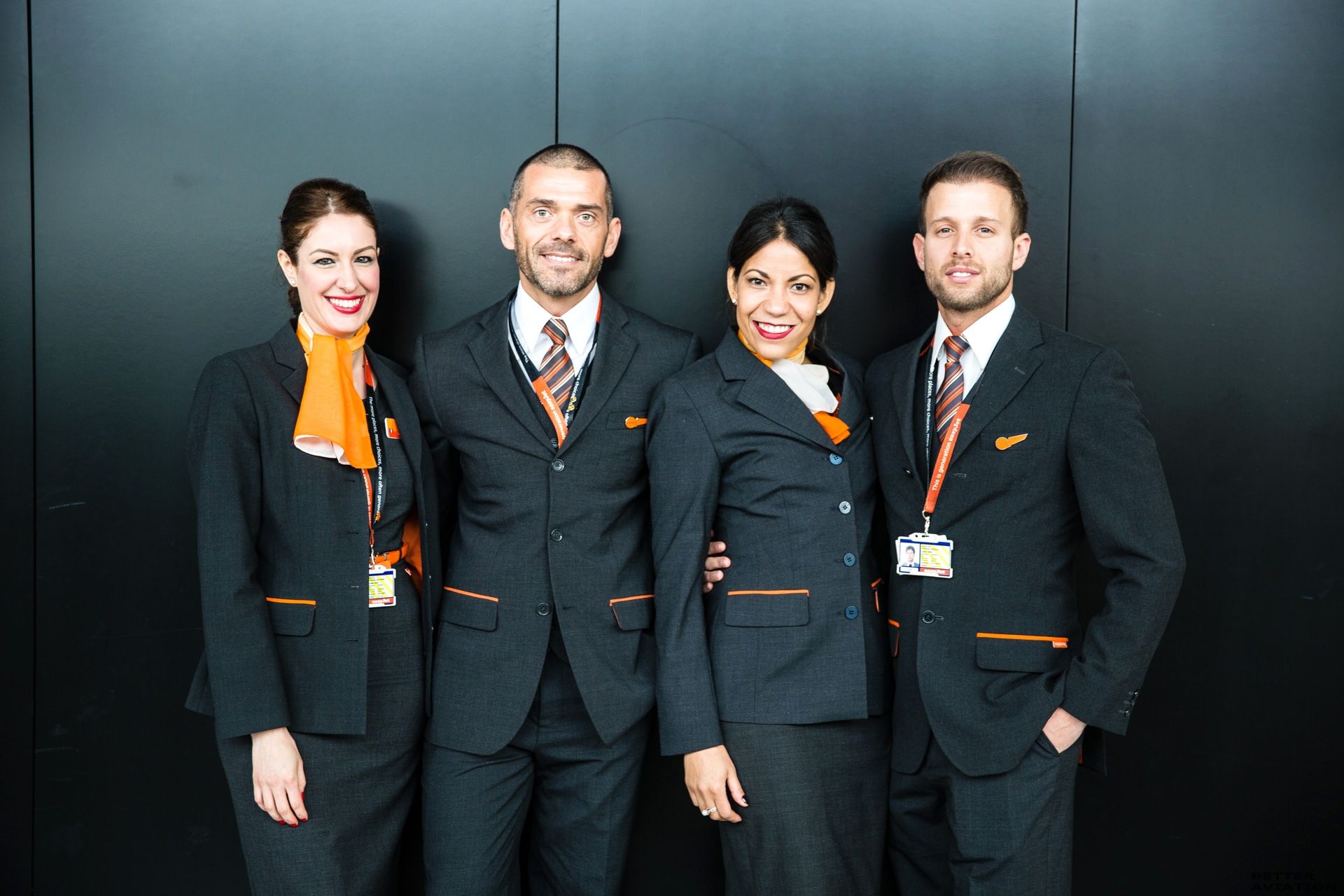Summary
- Cabin crew communicate during flights using specific language and abbreviations, such as “Doors to automatic and cross-check” and “L1, L2, R1, R2.”
- Some terms vary depending on the region, country, language, and airline! Every crew has, to some extent, their slang.
- Cabin crew use abbreviations like “pax” for passengers and refer to trash as “gash” and lavatories as “lav.”
Have you ever overheard a cabin crew conversation and thought to yourself, what are they talking about? Most native English-speaking cabin crew members use words you may not know or understand. While some terms are used throughout the industry, such as cross-check, others have local variants depending on the region, country, language, and slang. Some even change depending on the airline itself.
“Doors to automatic and cross-check”
This is when the aircraft is about to leave the stand; the cabin crew has to set the door so the slide automatically deploys if needed in an emergency. Some airlines use “Cabin crew, arm doors” instead. “Doors to manual and cross-check” is said by the senior crew member when the aircraft stops at the stand after a flight, and the cabin crew sets the doors to disarm the slide. The “cross-check” is when each crew member checks that the other’s door is positioned correctly. Alternatively, “cabin crew – disarm doors” is used.
Positioning
As in “Tomorrow, I am positioning to Rome,” it is the same as “dead-heading.” It means the cabin crew is traveling on an aircraft as a passenger but in uniform and going on to join a flight that they are working on. It is different than traveling on an airplane as a passenger. The cabin crew ensures the safety of all passengers and the aircraft while making passengers comfortable.
According to Lufthansa,
“Your cabin crew has the important task of making passengers feel comfortable and at ease during each flight. Their service and communication are crucial to the satisfaction of your passengers – and whether they choose to fly with your airline again in the future. This means the expertise and demeanor of your cabin personnel are vital factors in the economic success of your airline.”
L1, L2, R1, R2
These are the cabin crew positions on the aircraft and at each door and crew station. The bigger the aircraft, the more doors and more positions. So, when the interphone rings, the cabin crew doesn’t say their name but their position. L1 would be the senior crew member at the left front door of the aircraft.
Pax
The cabin crew often shortens words – “pax” is what they say instead of a passenger. “We have 185 pax onboard today” or “Pax in 5C would like a coffee.”
Photo: Hananeko_Studio | Shutterstock
Gash
The cabin crew collects “gash” and even has a “gash cart.” To everyone else, that’s trash or rubbish. Just another fancy way of saying it.
Fwd, aft, and lav
This is how they refer to the front and back of aircraft—so the “Aft galley” is the galley (or kitchen, as normal people would say) at the rear of the aircraft. Lav refers to the lavatory so they might be talking about the “fwd lav.”
Photo: Atlas Air
Slam-click
If you are ever called a “slam-click,” it means that you don’t like to socialize after a flight—hence the sound of the door and the key in the hotel room lock. Maybe this term should be used even beyond the aviation world.
Photo: Erman Gunes | Shutterstock.
BKK, SFO, CDG
Cabin crew tend to talk in airport codes a lot, so when asked where they are heading, they’ll normally state the IATA three-letter code instead of the actual city name. If you are an aviation enthusiast, you would probably pick up on those codes.
Alpha bravo charlie
Anyone working in aviation knows the aviation or phonetic alphabet. It is really helpful for clarity when spelling things out, whether it’s a name, place, or aircraft registration. How often do cabin crew use it? It is used Lima, Oscar, Tango, and Sierra!
Photo: iamthisislove | Shutterstock.
Dairy fairy
This may be unique to one airline or even a few. After the meal service on a short-haul flight, the cabin crew would go into the cabin and serve tea and coffee by hand. The third person was the ‘dairy fairy’ who would bring out a tray with extra milk, sugar, and stirrers.
This list mostly applies to the UK, but you can find other terms in different countries. For instance, did you know that some cabin crew members in Australia nickname attractive people onboard a flight as “Bob”? According to Owen Beddall, who wrote the book Confessions of a Qantas Flight Attendant, ‘Bob’ stands for ‘Best on board.’ In other countries, they can be called ‘hot coffee’.

Related
Transferrable Skills: What Cabin Crew Can Do When Changing Career
How cabin crew skills relate to other industry roles.
For example, ‘I’ve got hot coffee in 3B,’ as reported by Yahoo a few years ago. Also, when passengers disembark from the plane in Australia, they do the ‘cheerio game,’ according to the cabin crew members. Now you know, cabin crew members have a whole slang for themselves. Pay attention to them the next time you’re on a flight, and try to figure out what they say.
Are you a cabin crew member? Which other phrases do you use that no one else does? Let us know in the comments below.





